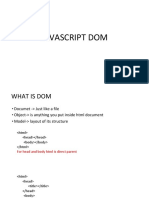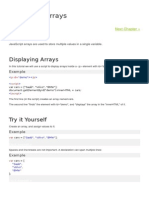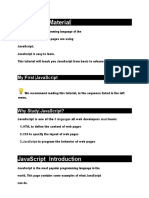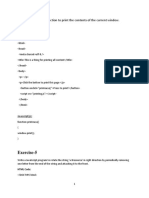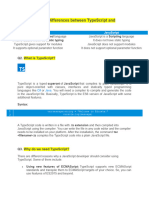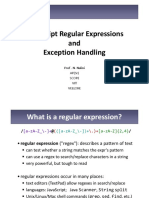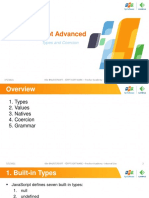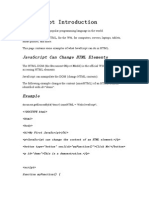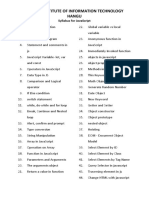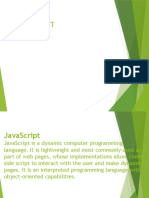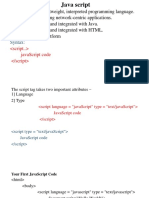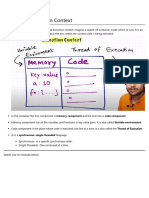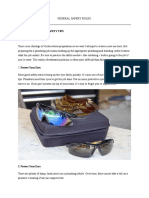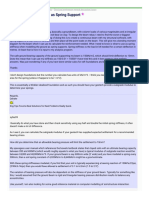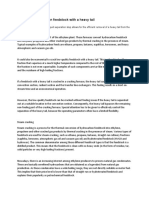0% found this document useful (0 votes)
282 views54 pages07DOM and JS Events
The document discusses the Document Object Model (DOM), which is a programming interface for HTML documents that allows JavaScript to dynamically access and update the content, structure, and style of documents. The DOM represents the document as nodes and objects, allowing programmers to change the document structure, style, and content. It describes the DOM tree structure and various node types, and methods to access and modify nodes like getElementById and getElementsByTagName.
Uploaded by
Gerry CalàCopyright
© © All Rights Reserved
We take content rights seriously. If you suspect this is your content, claim it here.
Available Formats
Download as PDF, TXT or read online on Scribd
0% found this document useful (0 votes)
282 views54 pages07DOM and JS Events
The document discusses the Document Object Model (DOM), which is a programming interface for HTML documents that allows JavaScript to dynamically access and update the content, structure, and style of documents. The DOM represents the document as nodes and objects, allowing programmers to change the document structure, style, and content. It describes the DOM tree structure and various node types, and methods to access and modify nodes like getElementById and getElementsByTagName.
Uploaded by
Gerry CalàCopyright
© © All Rights Reserved
We take content rights seriously. If you suspect this is your content, claim it here.
Available Formats
Download as PDF, TXT or read online on Scribd
/ 54



